Renault reveals further details about new electric transporter generation
Following their announcement in late January, the Trafic, Goelette, and Estafette E-Tech will be launched on the market with two battery options: A long-distance battery with NMC chemistry for WLTP ranges of around 450 km and an LFP battery for a range of around 350 km, with which Renault is primarily targeting commercial customers travelling mainly in urban areas. The electric transporters were developed by Flexis, the joint venture for highly connected electric vans founded in 2024 by Renault, the Volvo Group and logistics company CMA CGM.
The exact capacity of the batteries has not been specified so far, and neither have the prices of the electric vans. Renault does write that with a “DC fast-charging point, the battery charges from 15% to 80% in under 20 minutes,” but does not specify the actual capacities, outside of the charging process being “ultra-fast.” All three electric van models offer V2L and V2G functionalities.
Renault has also improved the percentage of recycled materials used for the exterior and interior of all three vehicles to 22.5%, while 80% of these materials can be recycled at the end of their life. However, these figures exclude the battery.
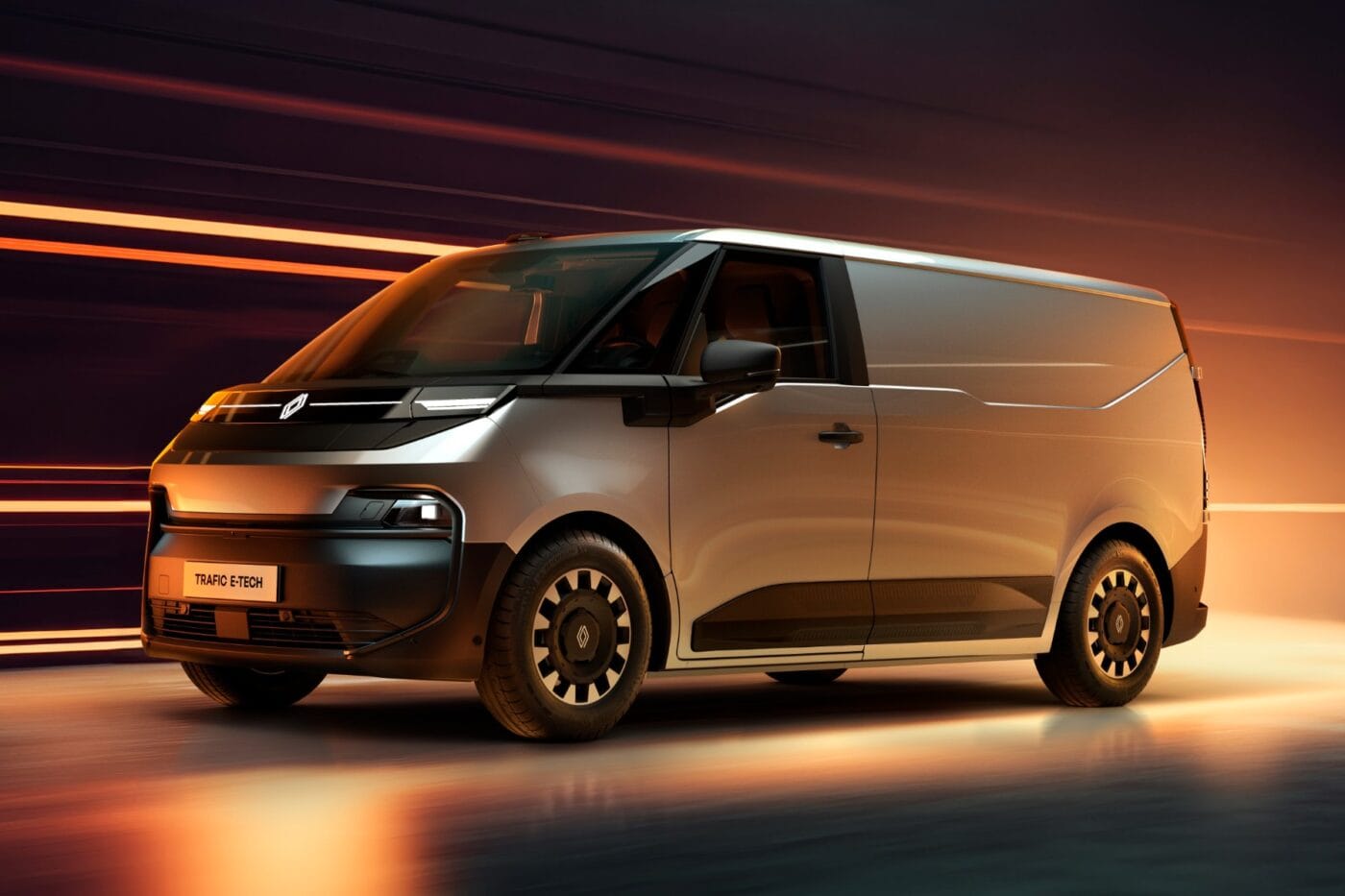
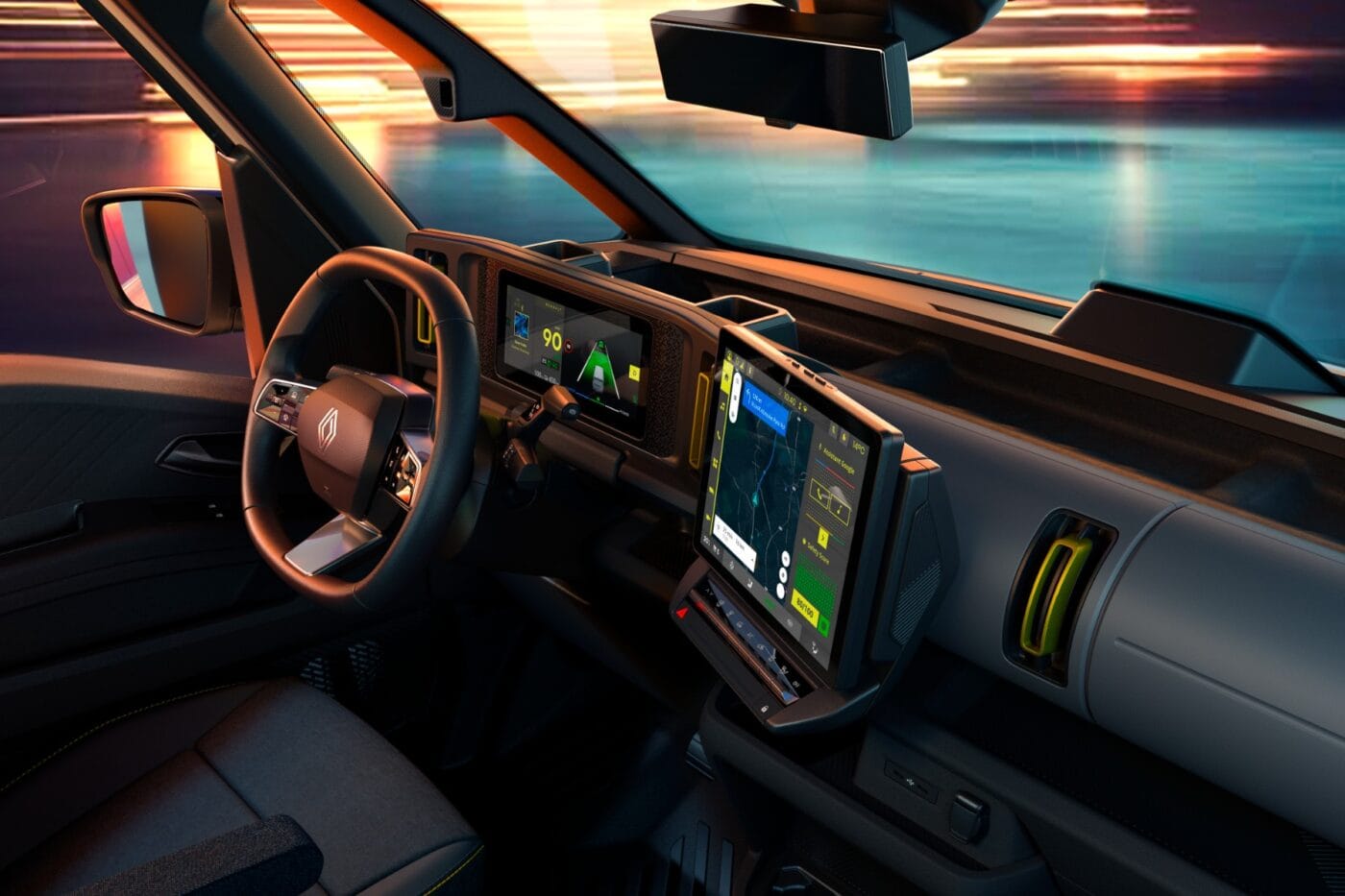
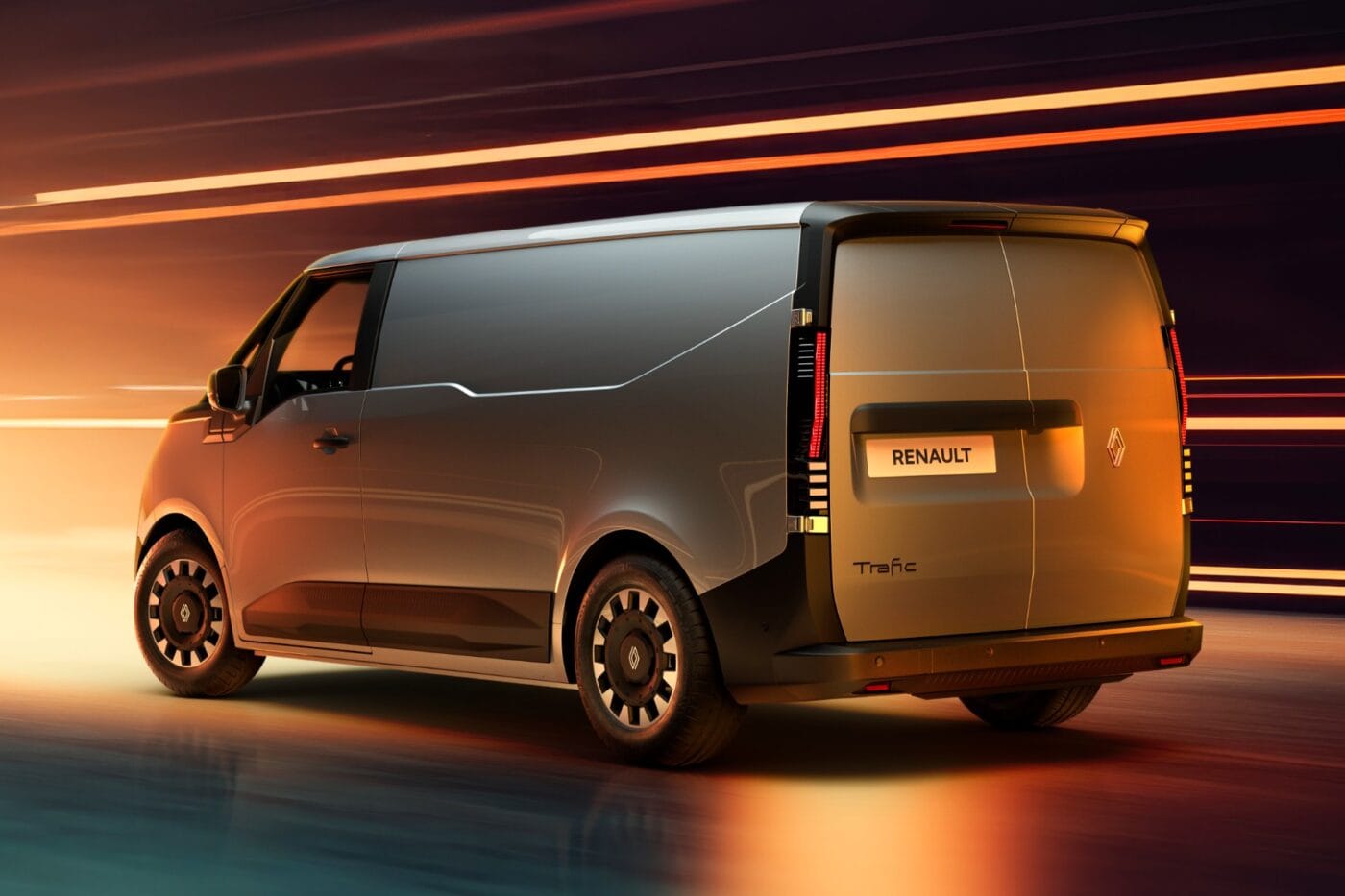
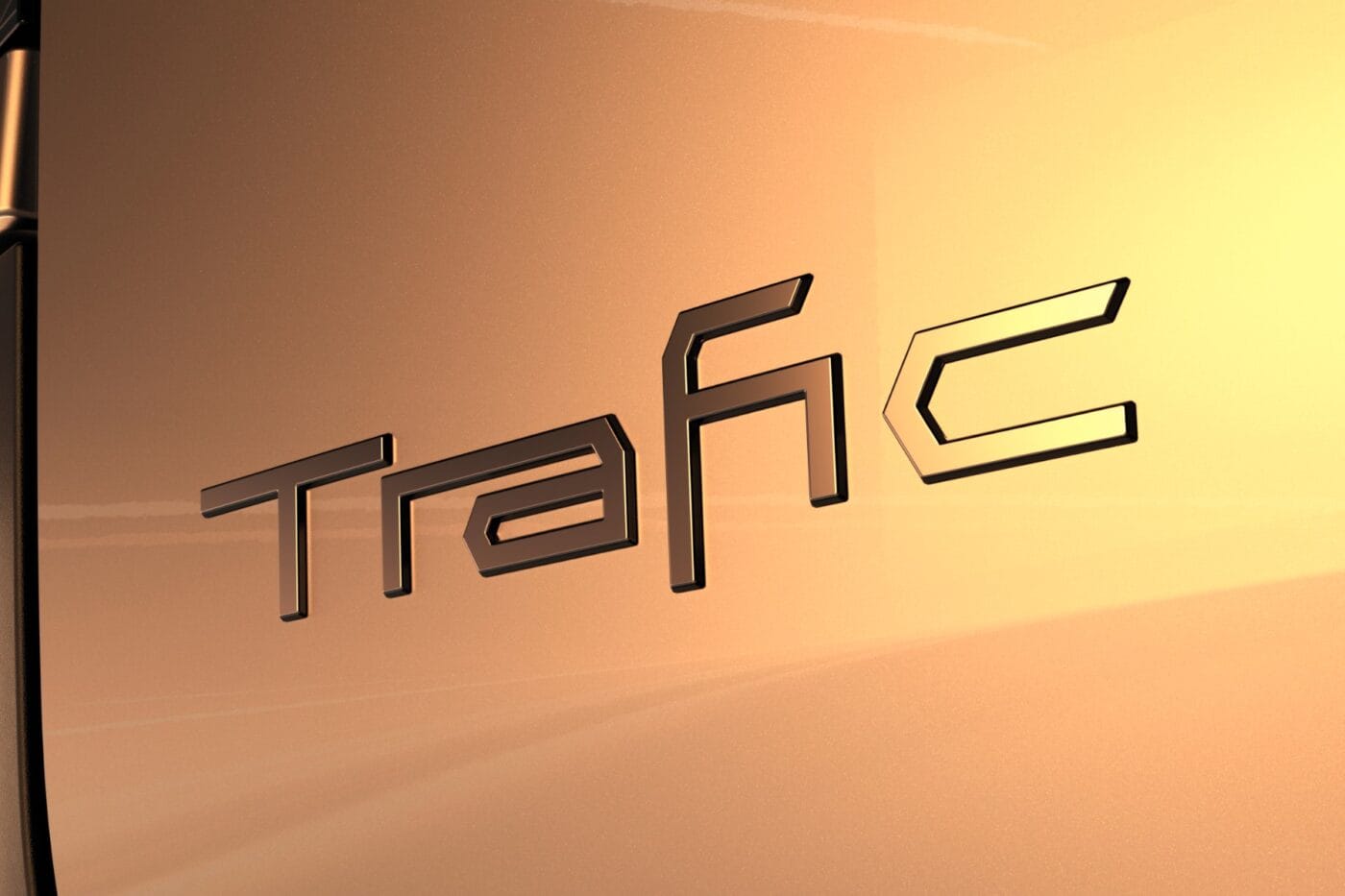
The Renault Trafic E-Tech is available in two variants, the L1 and L2 vans, which are designed for different load capacities. The L1 features a load capacity of 5.1 m3 for a length of 4.87m and a width of 1.92m, while the L2 has a load capacity of 5.8 m3 for a length of 5.27m, with a wheelbase that is 40 cm longer. The vehicle height is limited to 1.90m for all variants, so they can still fit in an underground parking lot. The Trafic’s interior was also constructed with a “disruptive approach to design,” so the vehicle features a robust tube-shaped dashboard running from one side of the cabin to the other.
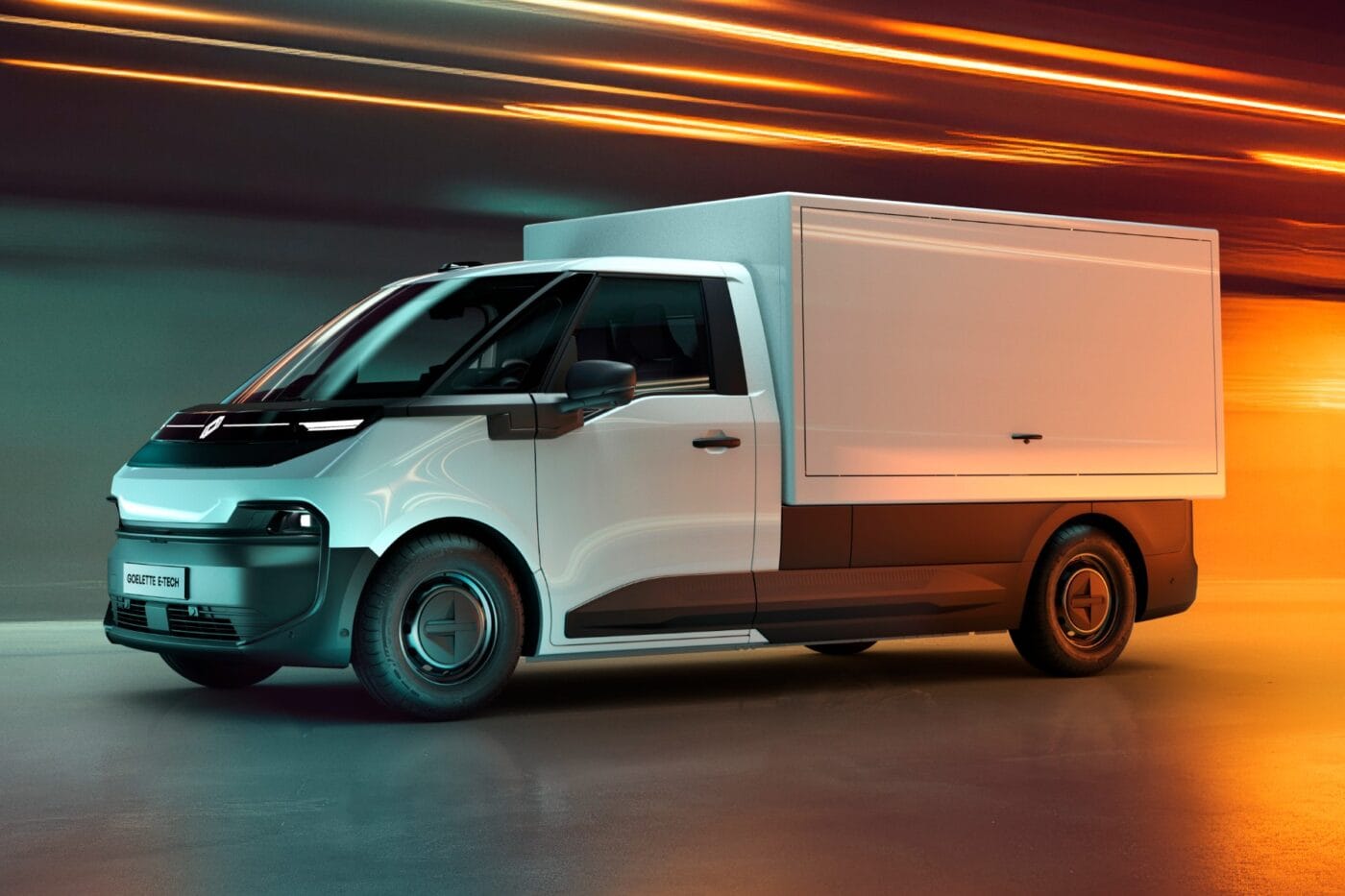
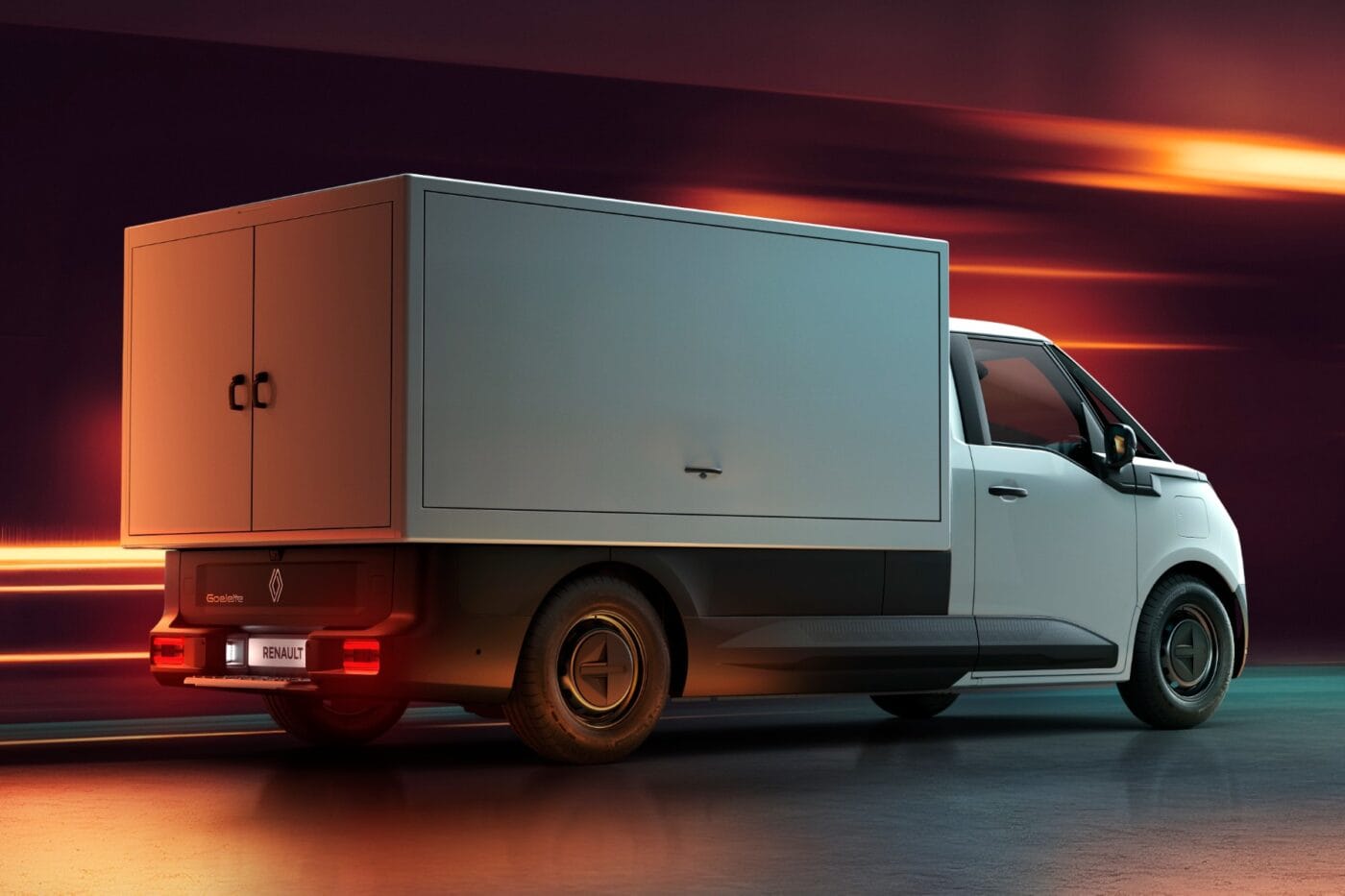
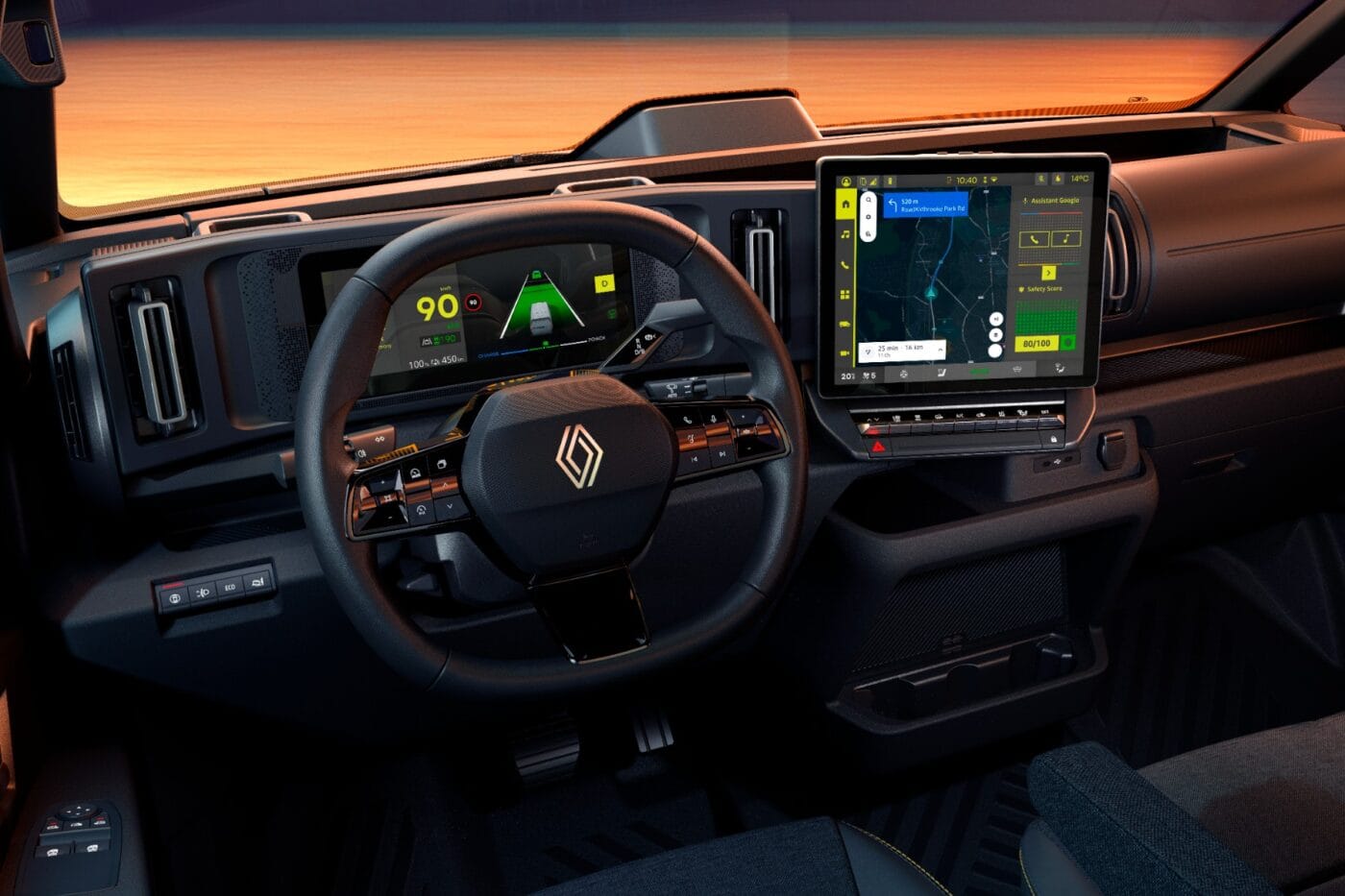
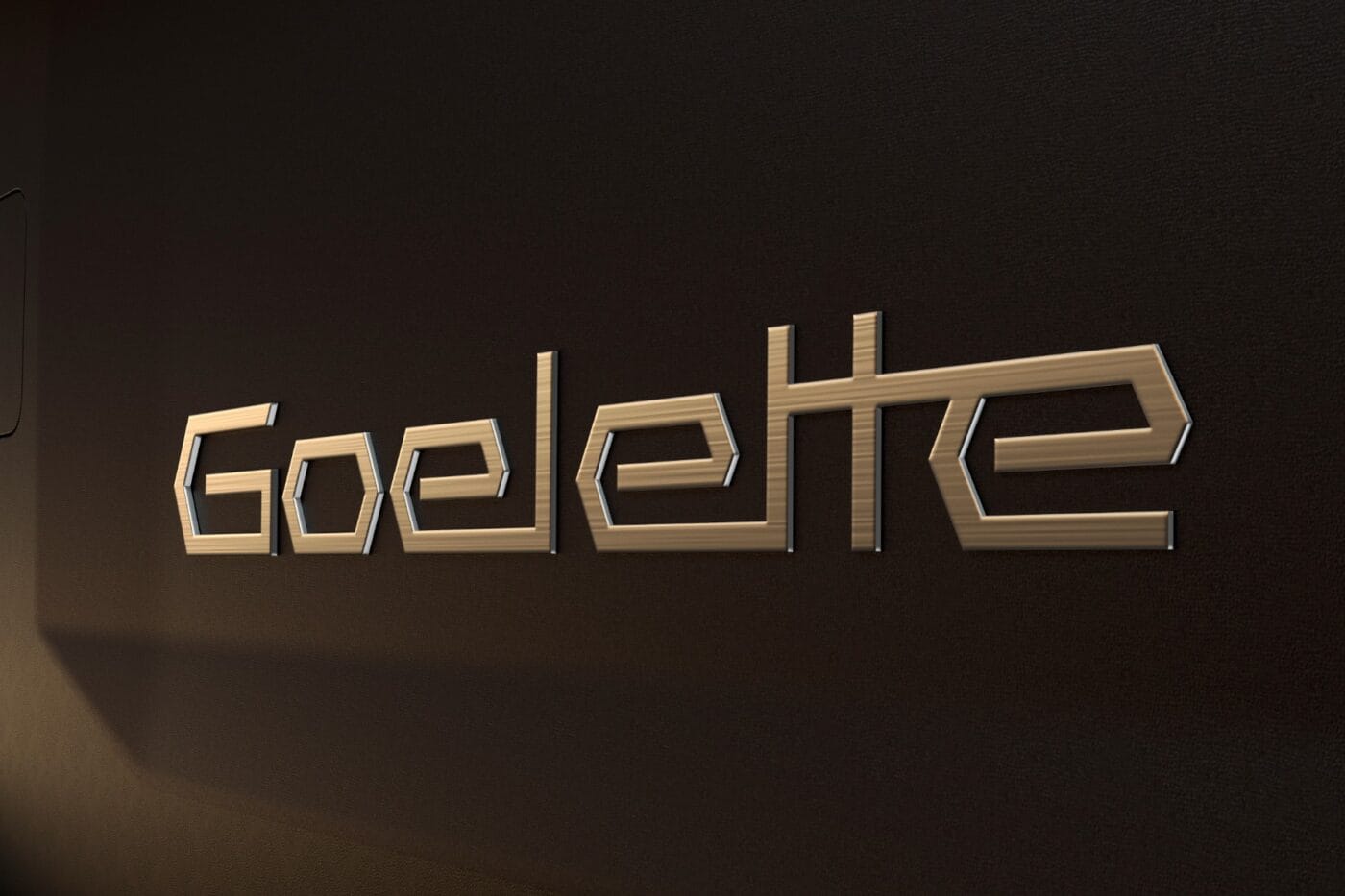
Renault’s Goelette E-Tech stands out from the transporter van lineup with its reinforced axles, which allow it to carry loads up to 1.4 tonnes, as well as a high degree of customizability. The French manufacturer writes that conversions can be carried out in the factory, or “by Qstomize, or its network of certified bodybuilders.” The design is reminiscent of the Trafic, but this van is built more for customizability, offering multiple setups straight out of the factory, including a chassis cab, a 10 m3 high-volume box or an extended cab, for example.
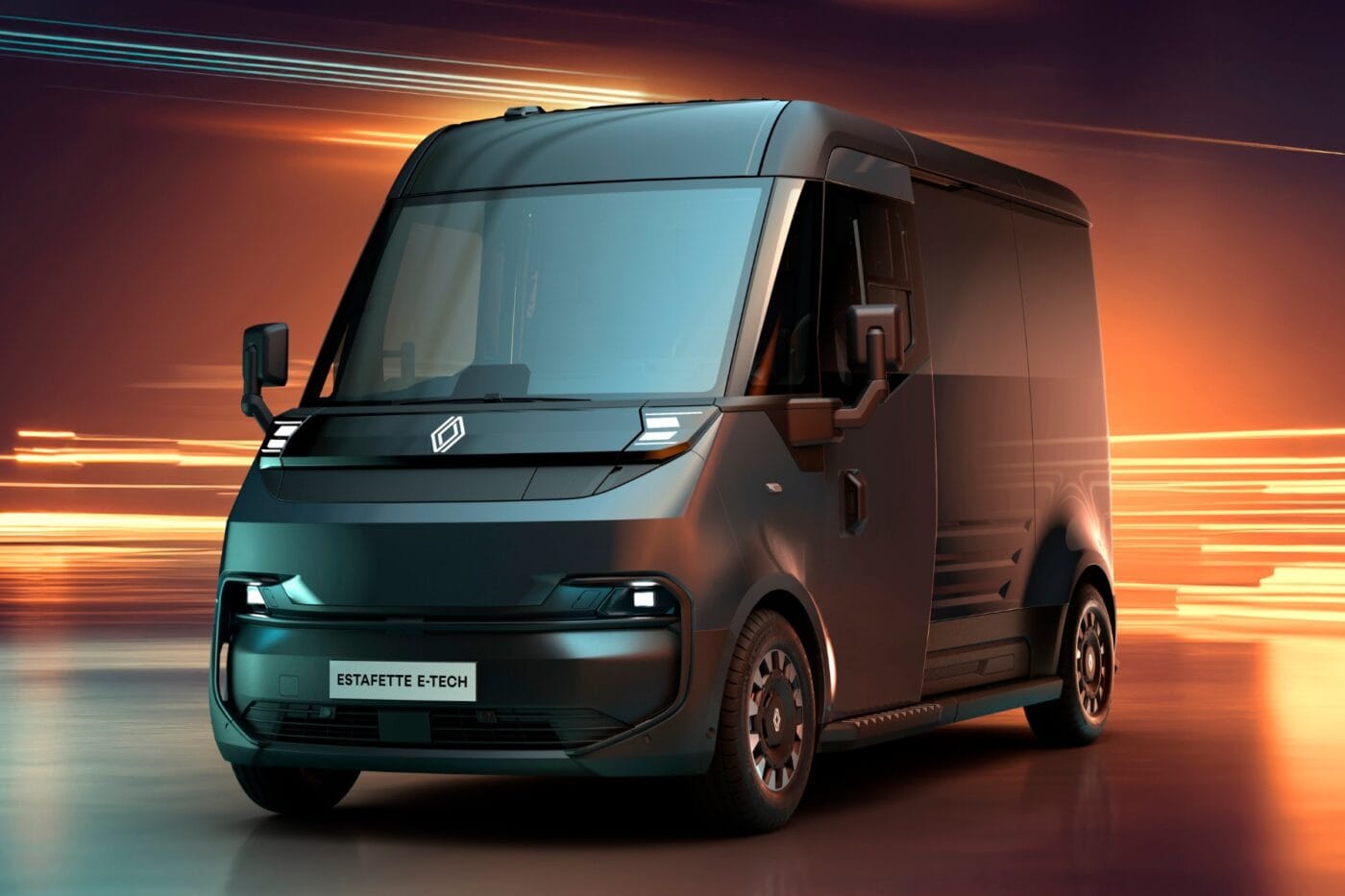
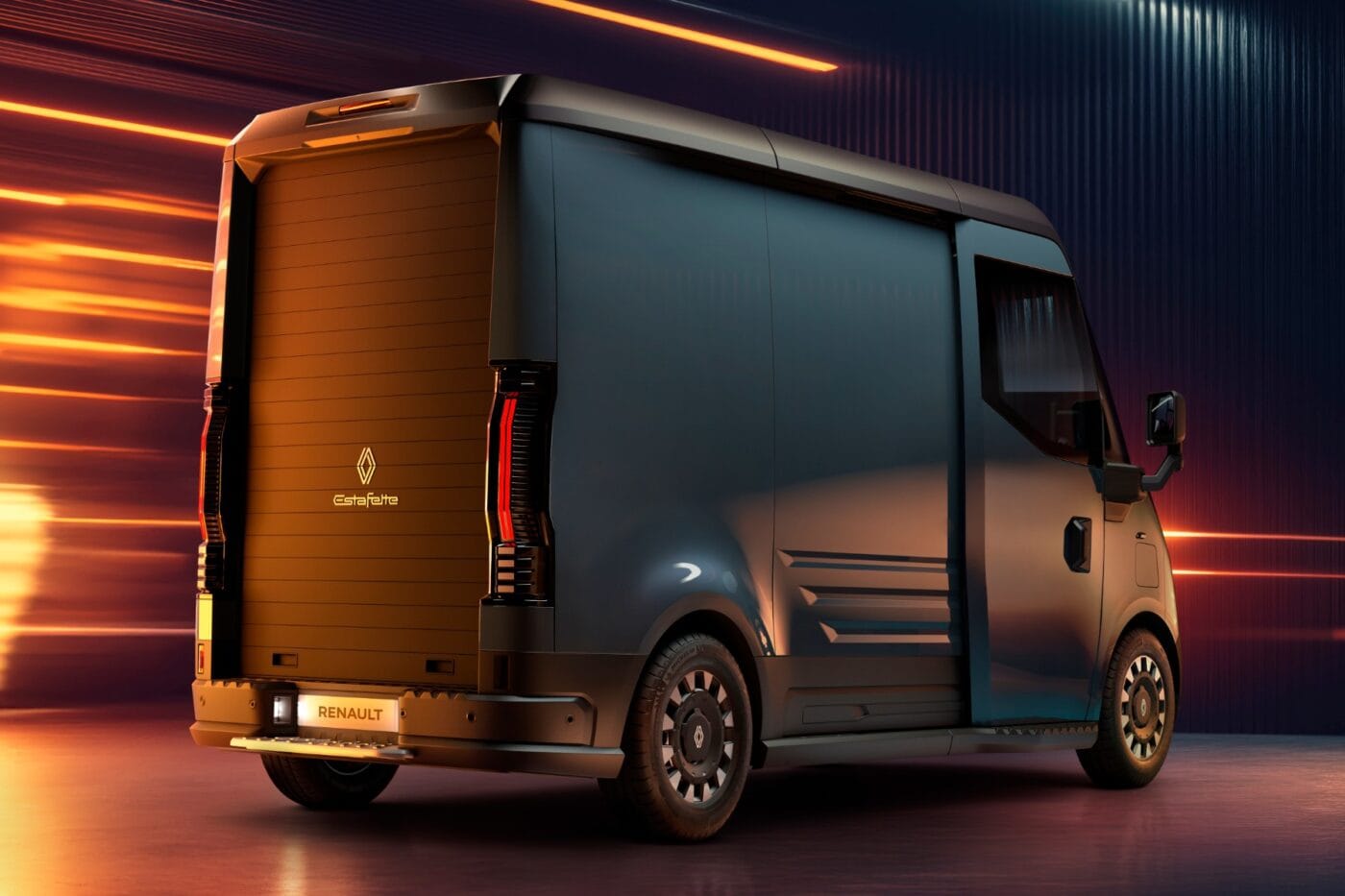
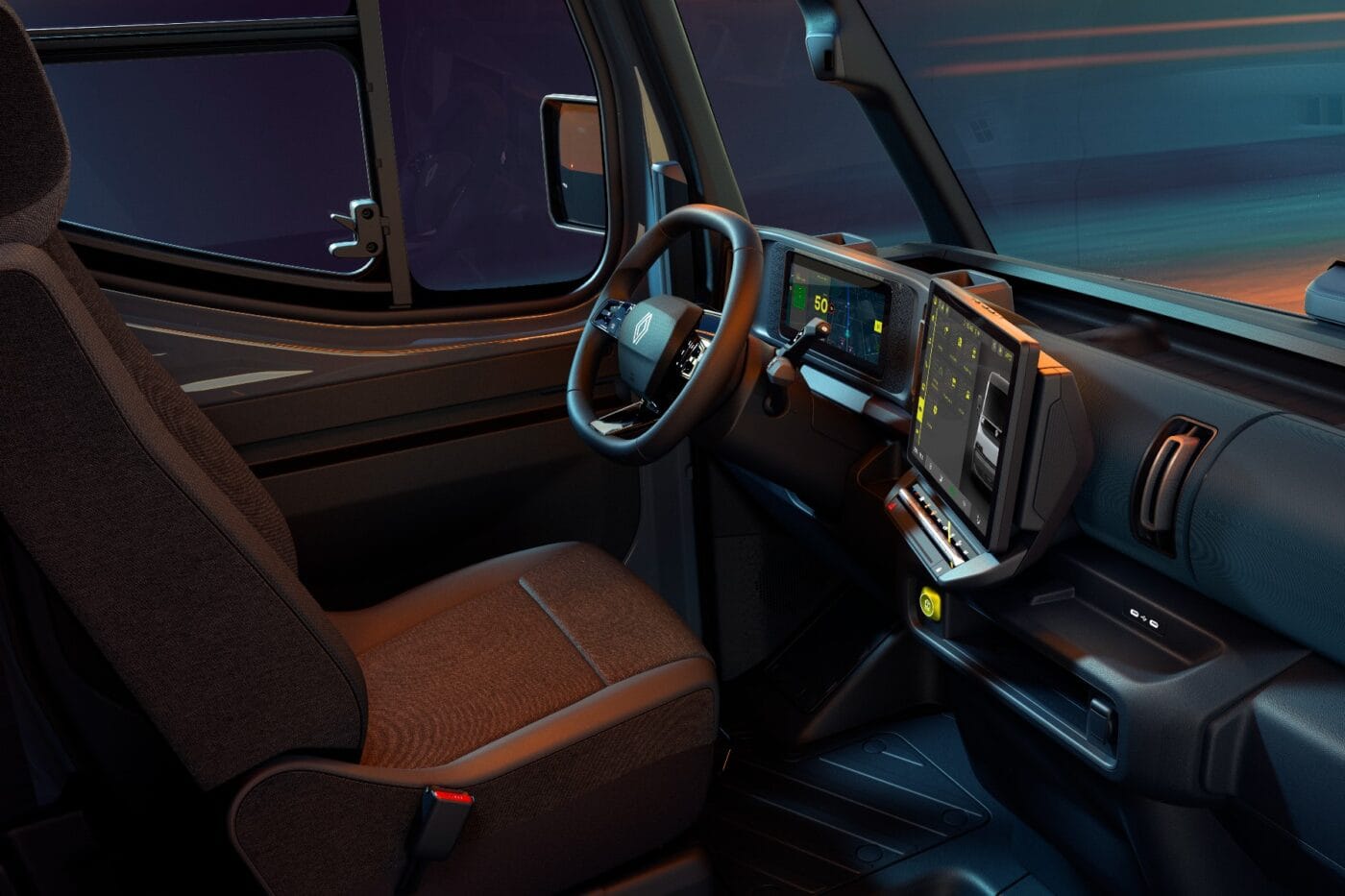
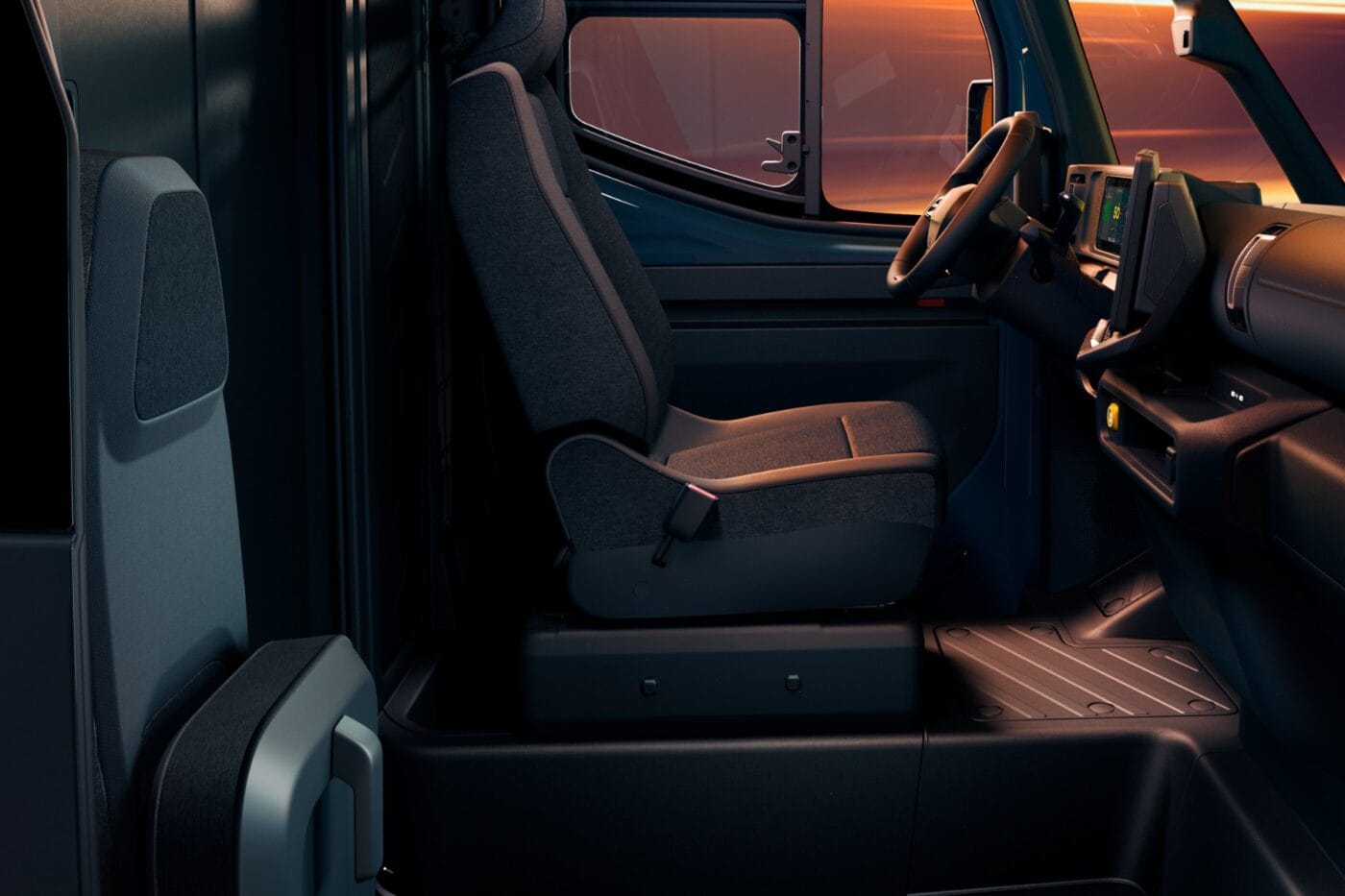
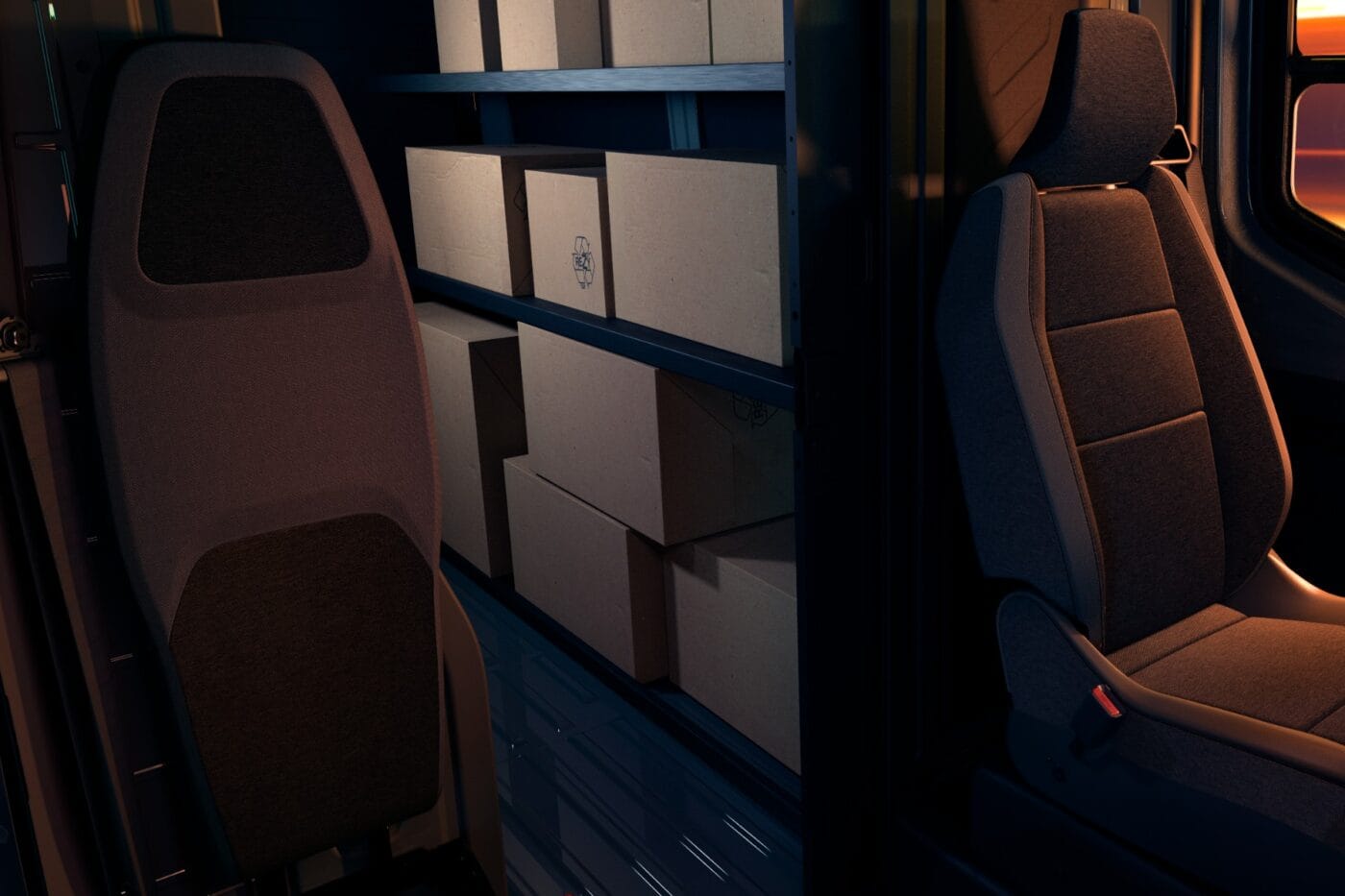
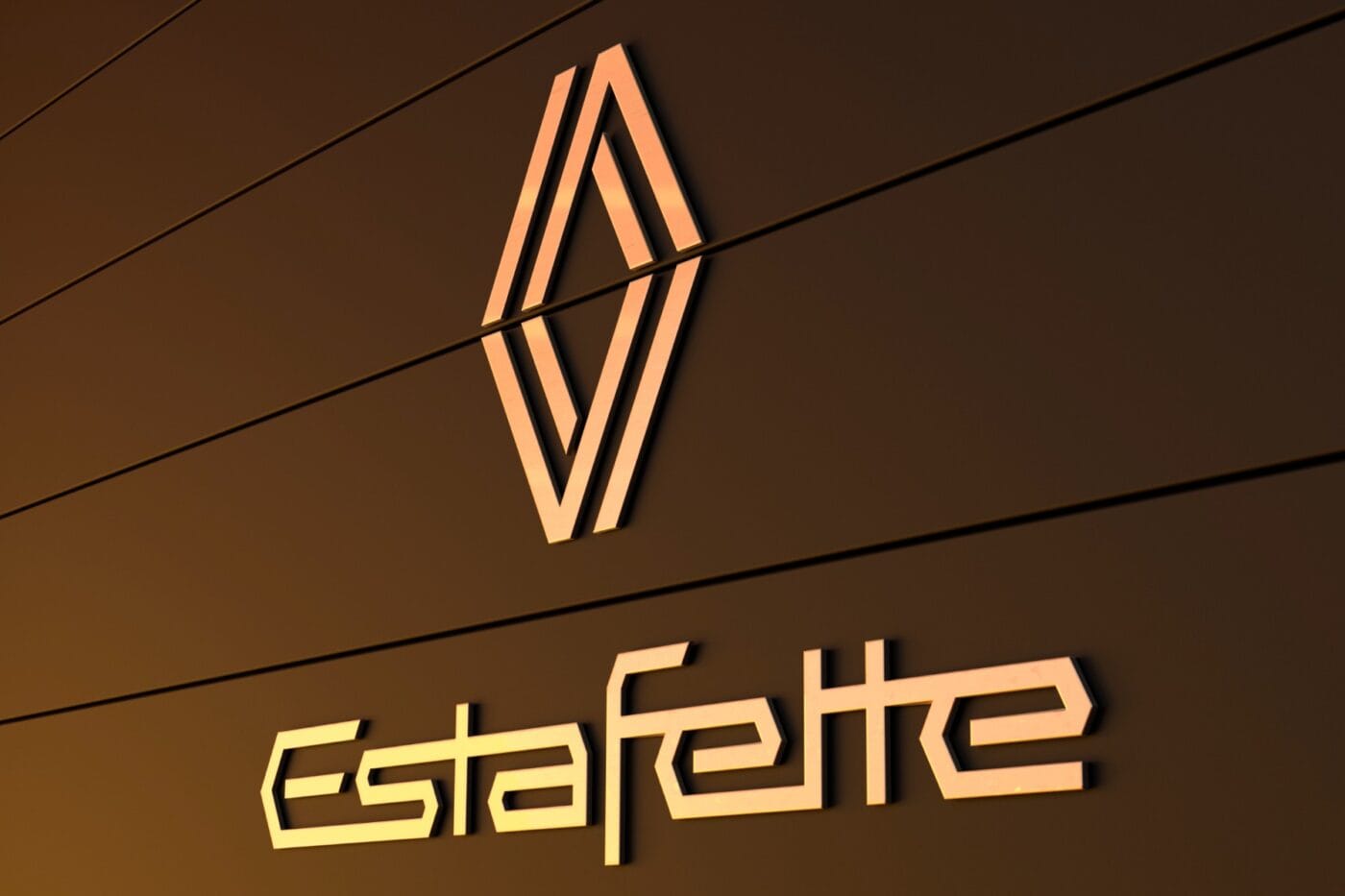
Finally, the Estafette E-Tech is meant to deliver in urban operations. Renault specifies that it is the first vehicle designed from start to finish to reflect the specifications and driver experience of a specific business area: urban operations.” The vehicle is taller than its counterparts, standing at 2.60m, which allows for a driver up to 1.90m to stand upright inside the vehicle. With a length of 5.27m, the Estafette entertains a load capacity of 9.3m³. It ships with sliding side doors and a rear roller shutter to support the work of operator drivers. The doors are advertised to open with particular ease, as Renault specified: “To make the work of operator drivers even easier, the outside handles are designed to be opened with the elbow alone, so drivers can keep a firm grip on merchandise.” The electric transporter still features the same tube-shaped dashboard as the other models, but it has been adapted with a lower, simplified layout.
“Renault renews its best-seller in the medium van segment and redefines market standards with a trilogy of electric products at the forefront of technology,” explained Alessandro de Rinaldis, Renault Trafic, Goelette and Estafette Head of Product & Revenue, adding: “Designed around software, they benefit from software and hardware upgrades throughout their lifecycle to support professionals and local authorities in their energy transition as effectively as possible, offering them a wide variety of eco-responsible solutions.”
Software & application played central role in design
The external and internal designs are not what Renault is most excited about in its announcement, as the manufacturer claims a breakthrough in its SDV, or Software Defined Vehicle, technology base. “Software is no longer peripheral and limited to certain functions, as in previous architectures, but central to the entire vehicle. This centralised software architecture can be updated throughout the life of the vehicle, in the same way as a phone or a laptop,” Renault writes. This allows the vehicles functions, for example as a delivery vehicle, fire engine or ambulance, to be integrated centrally into the vehicle, even allowing customized operating systems to be implemented. This would also be a benefit for fleet users, who can manage driver profiles via a central management software.
Antoine Vuillaume, SDV Programme Director at Ampere further explains: “The vehicle is equipped with supercomputers, operating in the same way as a brain with two hemispheres. The right hemisphere manages the interfaces with the driver, i.e. infotainment, apps, voice control, 3D browsing and sign recognition. The left hemisphere is the vehicle’s nervous system, controlling all the actuators for the various functions, from braking to locking, as well as storing the data supplied by the sensors.”

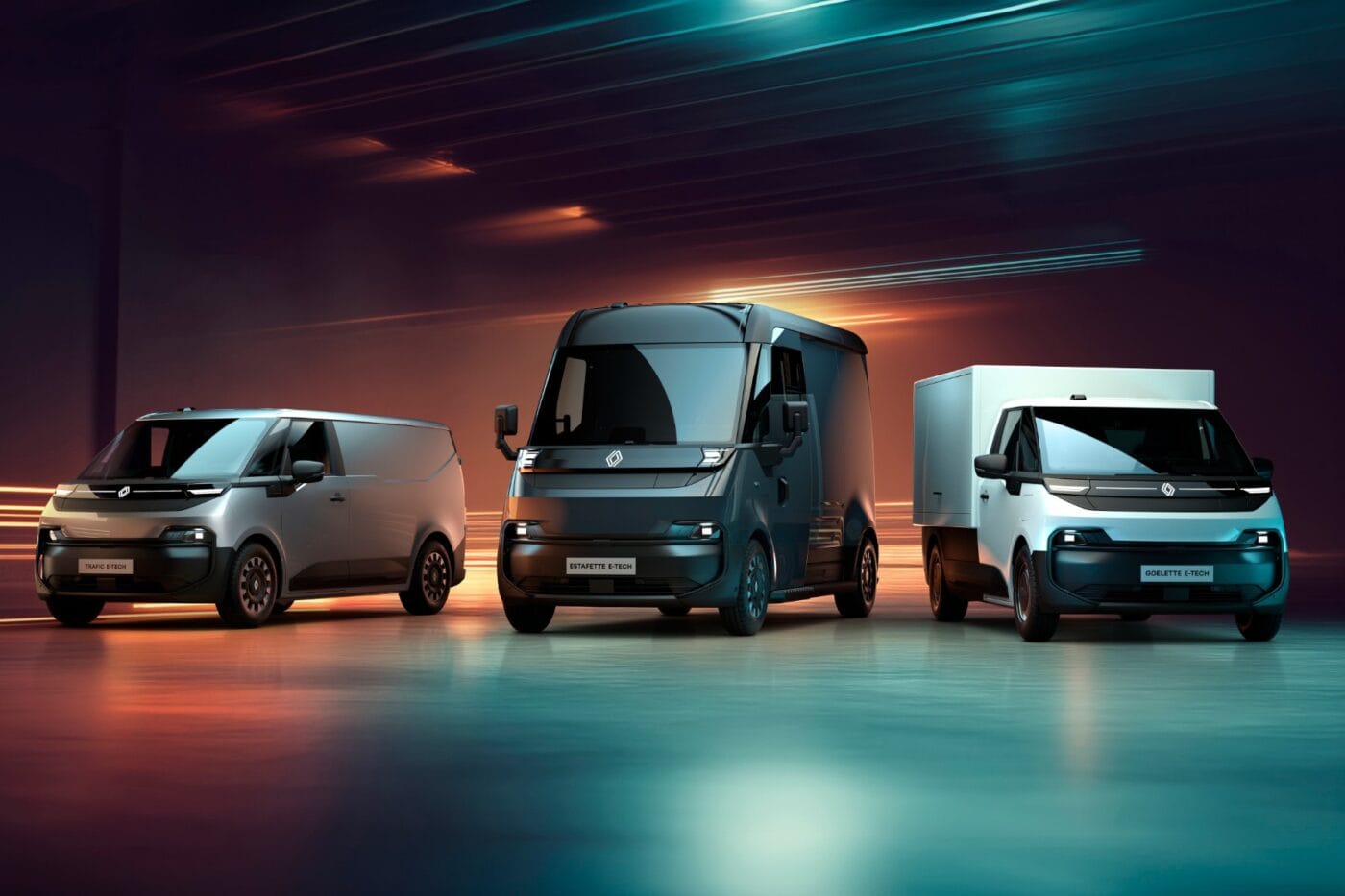


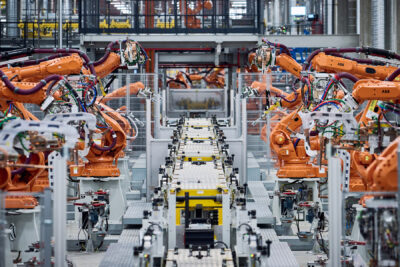
0 Comments